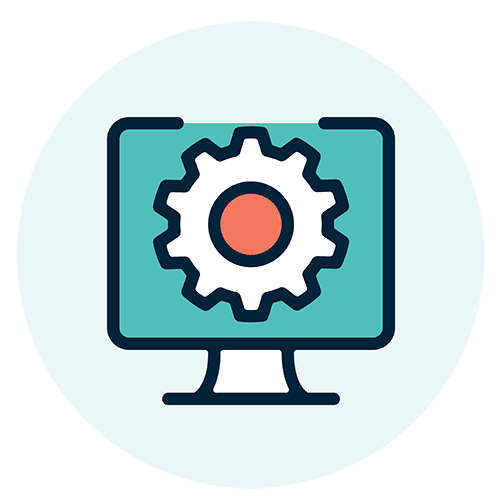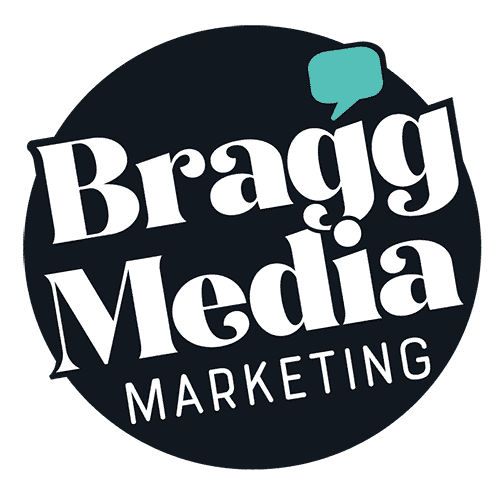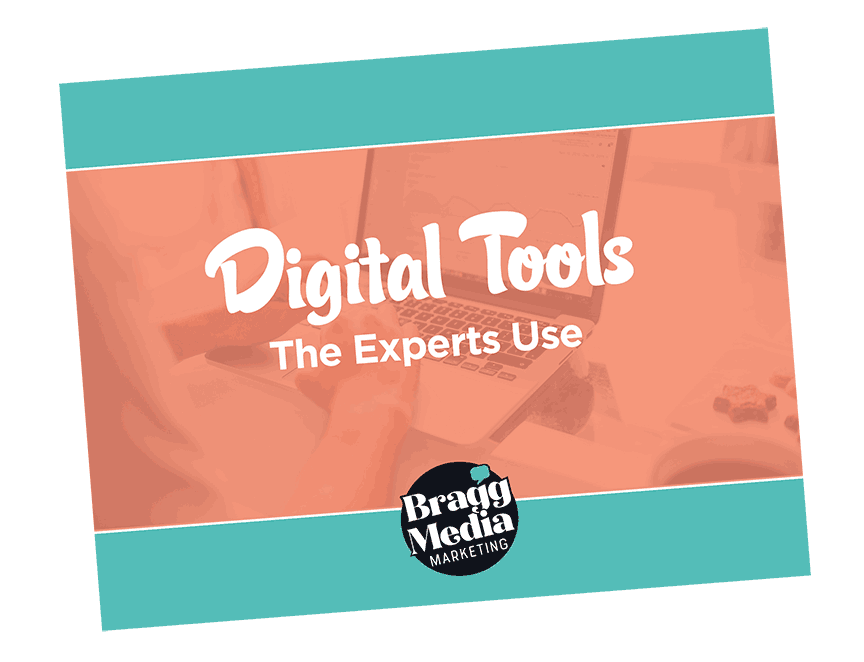
How to use on-page and off-page SEO to boost your website’s ranking
Just when you think you have search engine optimization (SEO) somewhat figured out, Google changes its algorithms or a new digital marketing technique pops up to change everything.
No matter. The ultimate goal of ranking higher in search engine results remains the same.
If you’re missing baseline SEO strategy, start by dividing it into two categories: on-page and off-page SEO. While you need both, they serve different purposes when it comes to improving your search engine rankings.
When search engines compare your site to similar ones on the Internet, they look at two “buckets”:
- On-page SEO examines what your site is about
- Off-page SEO examines the authority your site has in your niche
The topics your website ranks for on search engines are determined by on-page factors while off-page factors affect how your site is ranked.
What Exactly Is On-Page SEO?
On-page SEO optimizes individual pages of your website to rank higher in search engines. This refers to the content and the source code on your website as opposed to external factors such as social media. On-page SEO has changed dramatically over the years and often works in conjunction with off-page SEO. What’s considered “best practice” is strongly debated.
Here is a good place to start:
Title Tags
The page title should not be confused with the heading for the page. This is what is displayed in the title bar of the browser window — the first sense a user has of your website.
Some best practices for title optimization include:
- Place keywords in the title tag on each page on your site. Bragg Media’s SEO expert sources agree to not overdo SEO keywords in the title. Your site could be potentially penalized by Google for being spammy.
- The optimal length of the title should be 50-60 characters.
- The best format includes keyword-rich descriptors of the topic separated with a line or bullet and the brand name.
Headings
Headings are the largest type on your page, serving as a guidepost for the user on what to expect from the page’s content.
In code speak, the most important headings tag is <h1> representing the title of a post. If you are looking at a newspaper, the <h1> tag is the main headline with <h2> through <h6> representing subheads.
While headings are important to visually break up and organize copy, their SEO influence is not as important. The headings should include the keyword topic for which you want to rank, but at the same time, it shouldn’t feel unnatural. They should truly reflect what the reader can expect and making it easier for Google to crawl the page.
URL Structure
Some digital marketing agencies love to pack URLs with keywords. The URLs should alert the user and search engine bots to understand what the page is about. Keep them simple and accurate as possible. Here are some quick tips on getting the most SEO out of your URLS:
- Never change all of your URLs just so they contain keywords. Don’t mess around with old URLs unless you want to redirect them to your new ones. If you plan on doing this, consult an SEO professional.
- Use keywords in your URL that reflect the meaning of the page, not with ranking in mind (such as “best restaurant in Savannah GA”).
- Use hyphens to separate words, not underscores, spaces or any other characters to separate words.
Alt Text for Images
If you Google a topic, have you noticed what images come up in those results? Adding SEO to your images can dramatically affect your search engine rankings. It starts with the alt text or alternative text, sometimes referred to as “alt attributes,” “alt descriptions,” or “alt tags.” This area is used to describe what the image is and how it relates to the content on your page.
Most visitors won’t be able to see this type of text. Screen reader software uses the alt text of your image to help visually impaired visitors understand what the image is. Search engines analyze your website in a similar way. Inserting keywords into your alt text can help search engines better understand the purpose of your website.
Page Load Speed
Google wants you to find whatever it is that you’re looking for as quickly as possible. This provides the best user experience. When you optimize your web pages to load faster, you may rank higher in the search engines. In July 2018, Google said the Speed Test will only affect pages that deliver the slowest user experience. However, a slow page may still rank high if it has great, quality content.
Evaluate your page speed with Google’s PageSpeed Insights.
Page Content
Inbound marketing is built upon a foundation of quality, helpful, easy-to-read content. It’s what users expect whenever they’re searching for a particular topic.
Google measures the usefulness of your content in different ways. Cornerstone content or pillar pages have become a major part of best SEO practice because they are long articles loaded with helpful information, videos, infographics, internal links to relevant topics and external links to well-known, trusted websites on the same topic. Search engines see these particular web pages as trustworthy and status-driven, ranking your website higher as a result.
Some quick tips to follow include:
- Non-promotional content that is truly valuable
- Content and navigation elements are easy to understand
- Well-organized page layouts that make scanning easy
- Eye-catching images that encourage reading
- Page targets a single keyword or topic with the primary keyword the first words fo the title element
Bottom Line: When your website has good on-page SEO, search engines will index the pages on your website, because they know what your site is about, and they can easily navigate the different sections.
What Exactly is Off-Page SEO?
In a nutshell, off-page SEO is about what isn’t happening on your website; it’s the conversation that’s taking place about your website on other websites. It’s how you drive traffic to your website from other online sources — link building, business listings, social media.
When you work on off-page SEO, you increase the authority of your website by obtaining links from other websites. Let’s say you have a bathtub full of rubber ducks — which represent the pages on your sites. You start to fill your bathtub with water — which represent links to your website. Your website will rise to the top of the search engine rankings the more water you fill in the bathtub.
It’s for this reason why Wikipedia lands at the top of search results for millions of search terms. Wikipedia has so much water in its bathtub that if any more links come their way, it will easily float to the top of the search results.
Perhaps the most important off-page SEO factor is the amount and quality of backlinks that direct to your website. Encourage other bloggers and webmasters to link to your site with these helpful tips:
- Striving for social media shares that turn into links
- Content that your visitors will want to share
- Guest blogging on other sites; the posts will contain links back to your website.
- Email influencers in your niche who share your website
While search engines consider the number of links point to your website, quality is more important than quantity. That’s why quality content marketing is key when considering your website’s SEO. The number of links for good off-page SEO is based on the domain authority of your niche competitors.
In the past, SEO professionals bought links to build online authority. Today, Google penalizes websites that partake in black hat SEO practices. For instance, Google will penalize your site if you submit your website to link directories, for poor quality content that’s stolen from other websites, blog comment spam, etc.
Which is more important — on-page or off-page SEO?
To choose between these two buckets is to choose between a foundation or a roof for your home. On-page SEO and off-page SEO work together to boost your digital presence in search engines and to build trust with your users.
There are some SEO experts who will tell you to take care of on-page SEO factors before you worry too much about its off-page counterpart. It’s important to build a strong foundation that can hold the roof. However, when you balance on-page and off-page SEO, your visitors and search engines will better understand your site’s content.
 Website Design
Website Design
Affordable website design with a process that works for you.
Free SEO Resources
- Google Analytics: The granddaddy of all free SEO tools. Google Analytics gives you metrics for you to measure your website’s performance.
- Google Webmaster Tools: Teaches you how to influence the way your website appears in search engine rankings
- Bing Webmaster Tools: Tells you how your website is performing on the search engine Bing. Bing generates more than 20 percent of the web’s search traffic.
- SEMRush: Allows you to do keyword research. This tool measures your keywords’ performances against your competitors.

